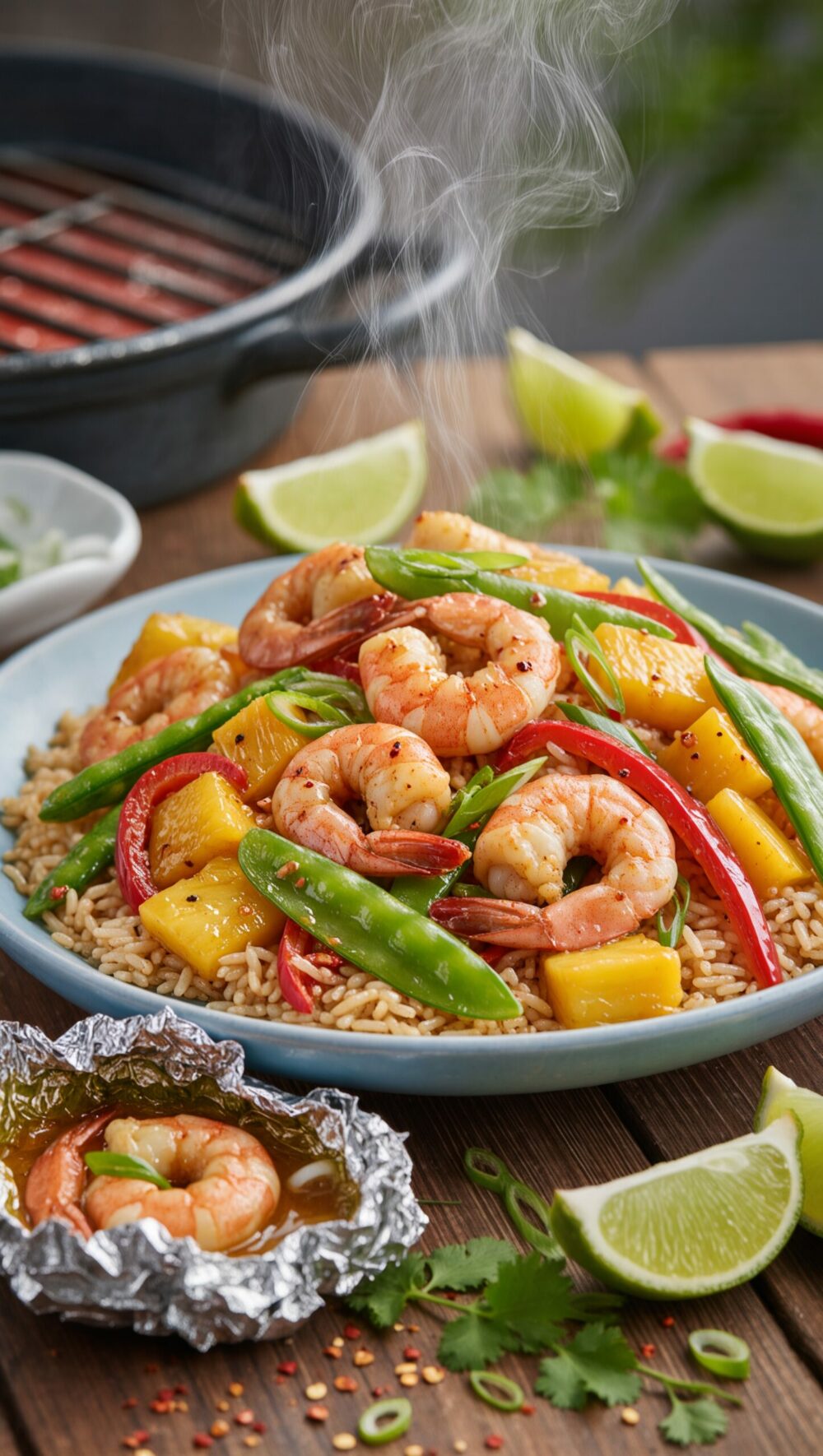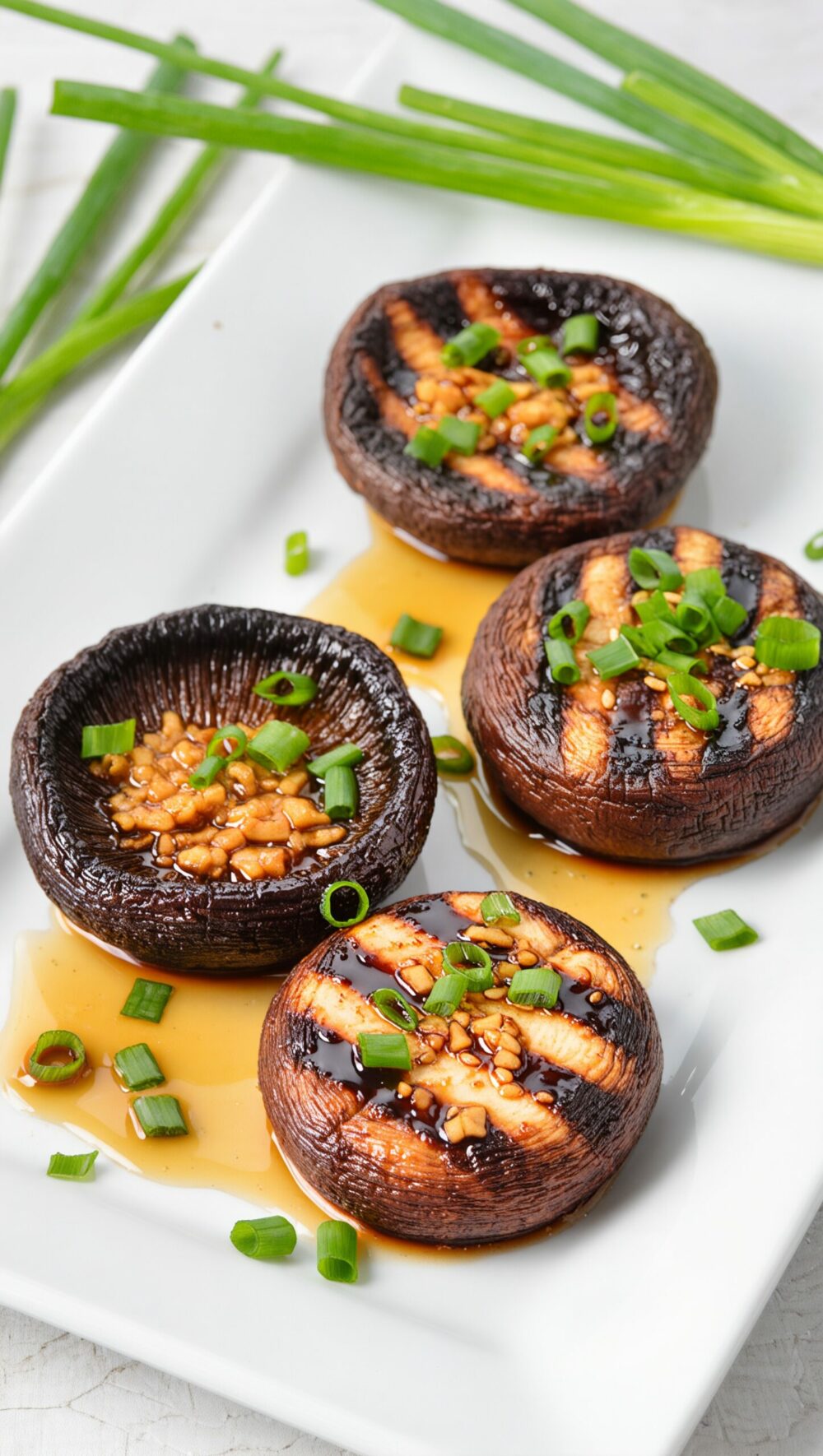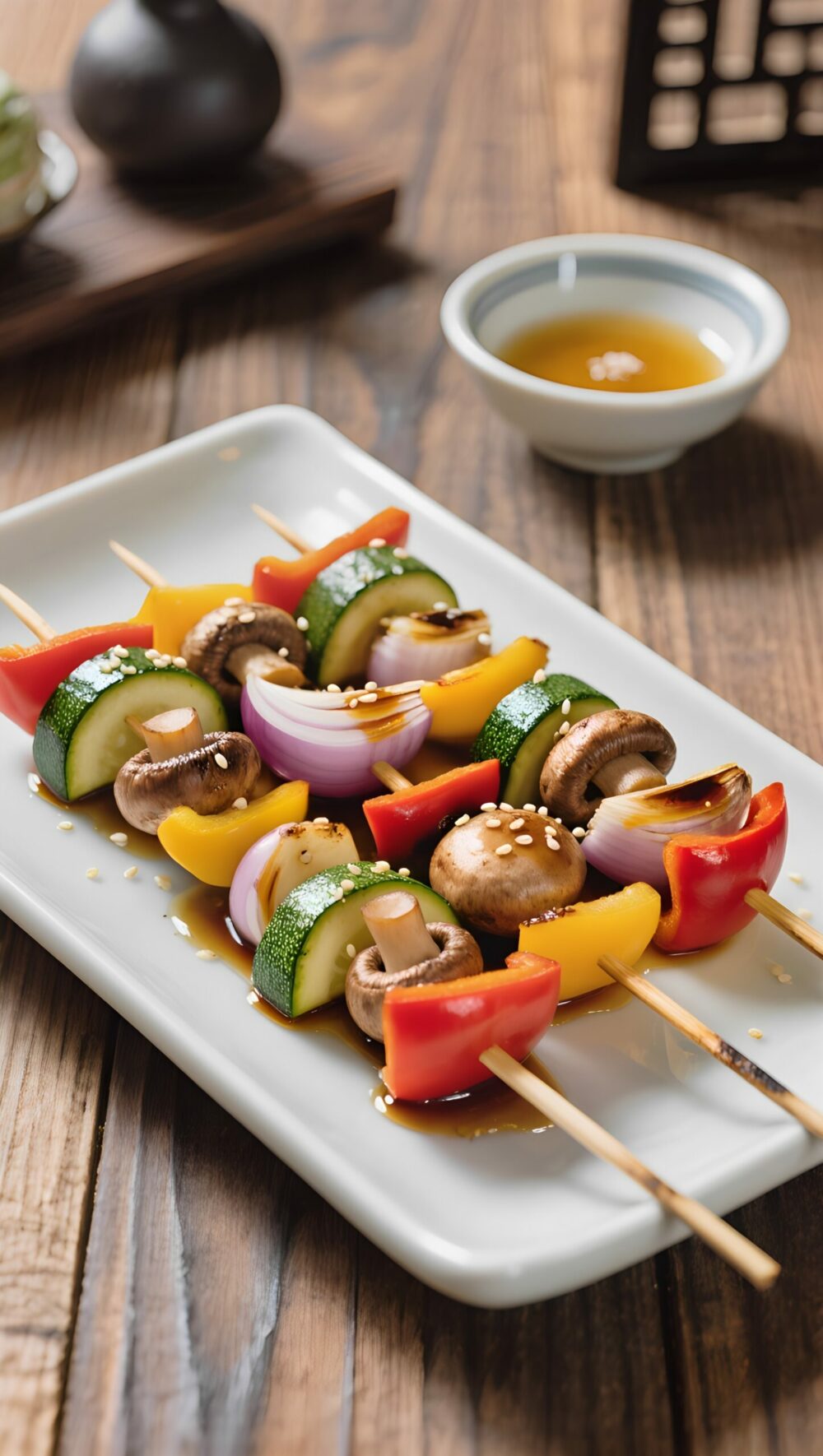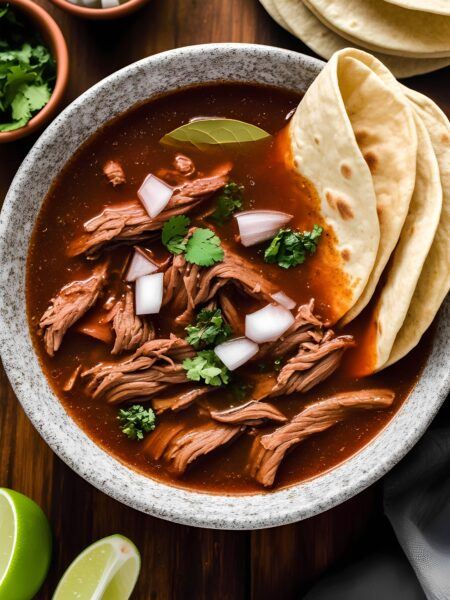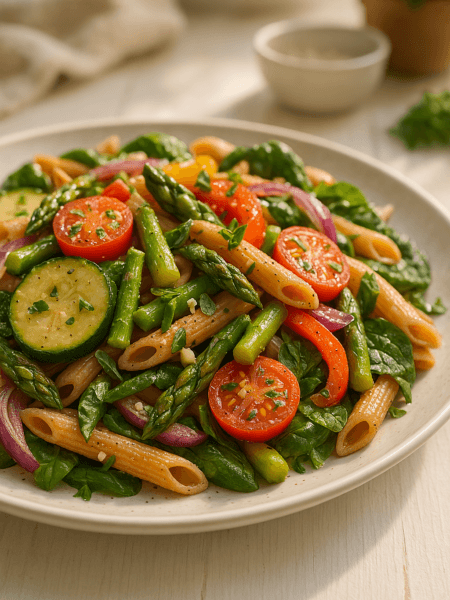Creamy Coconut Lentil Curry is a luscious, soul-warming dish that wraps you in a comforting hug of flavors and aromas. Imagine simmering lentils, tender and imbued with the richness of coconut milk, dancing with a medley of fragrant spices. It’s a dish that feels like a warm embrace on a chilly evening, inviting you to savor every spoonful.
Origin and Cultural Significance
This curry brings with it a tapestry of history and tradition, with roots firmly planted in South Asian cuisine. Lentils, or “dal” as they are lovingly known in India, have been a staple for centuries, cherished for their versatility and nourishment. The addition of coconut milk is a nod to the tropical regions, where coconuts sway lazily in the breeze, waiting to be transformed into luscious milk, adding a layer of creamy decadence to traditional dishes.
Unique Ingredients and Flavors
The beauty of this curry lies in the dance of its ingredients. Earthy lentils, humble yet hearty, serve as the perfect canvas for a symphony of spices. Cumin, coriander, and turmeric—each spice playing its part like instruments in an orchestra, creating a melody of flavors that is both complex and comforting. Coconut milk, with its silky texture, weaves through the spices, mellowing the heat and adding a tropical flair that is simply irresistible.
Cooking Techniques
Crafting this curry is akin to painting a masterpiece. It begins with toasting the spices, a crucial step that releases their essential oils and intensifies their flavors. As the spices bloom, they infuse the lentils with an aromatic depth that is truly magical. The gentle simmering process allows the lentils to absorb the spices’ warmth, while the coconut milk bathes them in creaminess, creating a harmonious blend that is nothing short of culinary poetry.
Creamy Coconut Lentil Curry
Description
Delight in a fusion of creamy coconut milk and earthy lentils, spiced to perfection. This curry is a warm, comforting dish ideal for any occasion.
Ingredients
Base Ingredients
Spices
Liquids
Finishing Touches
Instructions
Prepare Your Ingredients
-
Gather and Rinse
First, gather all your ingredients. Rinse a cup of lentils under cold water until the water runs clear. This step helps remove any dirt or debris and gets the lentils ready for cooking.
Use red or green lentils for this recipe—each brings a unique texture and flavor.
Cook the Base
-
Sauté Aromatics
In a large pot, heat two tablespoons of coconut oil over medium heat. Add one chopped onion, two minced garlic cloves, and a tablespoon of grated ginger. Sauté until the onion becomes translucent and the mixture is fragrant.
Don't rush this step; let the onion caramelize slightly for a richer flavor. -
Toast the Spices
Add a tablespoon of curry powder, a teaspoon of turmeric, and a pinch of cayenne pepper to the pot. Stir continuously for about 1-2 minutes to toast the spices, enhancing their flavor.
Toasting the spices is crucial—it unlocks their aromatic oils and adds depth to the curry.
Simmer the Curry
-
Combine Lentils and Liquids
Stir in the rinsed lentils, a can of coconut milk, and two cups of vegetable broth. Bring the mixture to a gentle boil, then reduce the heat to low.
For a creamier texture, use full-fat coconut milk. Keep an eye on the pot to ensure it doesn't boil over. -
Simmer Until Tender
Allow the curry to simmer uncovered for about 25-30 minutes, stirring occasionally. The lentils should be tender and the curry thickened.
If the curry becomes too thick, add a bit more broth or water to reach your desired consistency.
Finish with Freshness
-
Season and Serve
Stir in the juice of half a lime and season with salt to taste. Sprinkle with fresh cilantro before serving.
The lime juice adds a bright, zesty finish that balances the richness of the coconut milk.
Note
For a richer flavor, toast the spices in the pan before adding the onions. This step draws out their aromas and deepens the curry's complexity. If the curry seems too thick, add a splash of vegetable stock or water until you reach your desired consistency. For an extra layer of umami, consider adding a tablespoon of soy sauce or tamari. If you prefer a milder curry, reduce the amount of chili powder or omit it entirely. To enhance the coconut flavor, use full-fat coconut milk and, if desired, a teaspoon of coconut oil when sautéing the onions. For added texture, stir in a handful of fresh spinach or kale towards the end of cooking. This dish pairs beautifully with basmati rice or warm naan bread. Remember, the curry tastes even better the next day, as the flavors continue to meld. Adjust seasoning before serving leftovers, as the flavors may deepen overnight.






